The islands of Orkney, off the northernmost tip of Scotland, have long been one of my favourite places. My “spiritual home”, if you like. Although it’s been several years since I last had chance to visit, I spend a lot of time there through the magic of flight simulation.
Welcome to Orkney
Orkney is a beautiful place with a rich history: it’s dotted with Neolithic sites, including the Ring of Brodgar stone circle, and the famous Skara Brae, a Stone Age village unearthed by winds and painstakingly cleared and preserved. There’s also Maeshowe, which is a chambered cairn and tomb, inside which can be found examples of Viking graffiti, carved in runes into the ancient stonework. The islands were controlled for a long time by the rulers of Norway before they became part of Scotland in the 14th century, and there’s a strong historical association with the Vikings and the later cultures of Scandinavia.
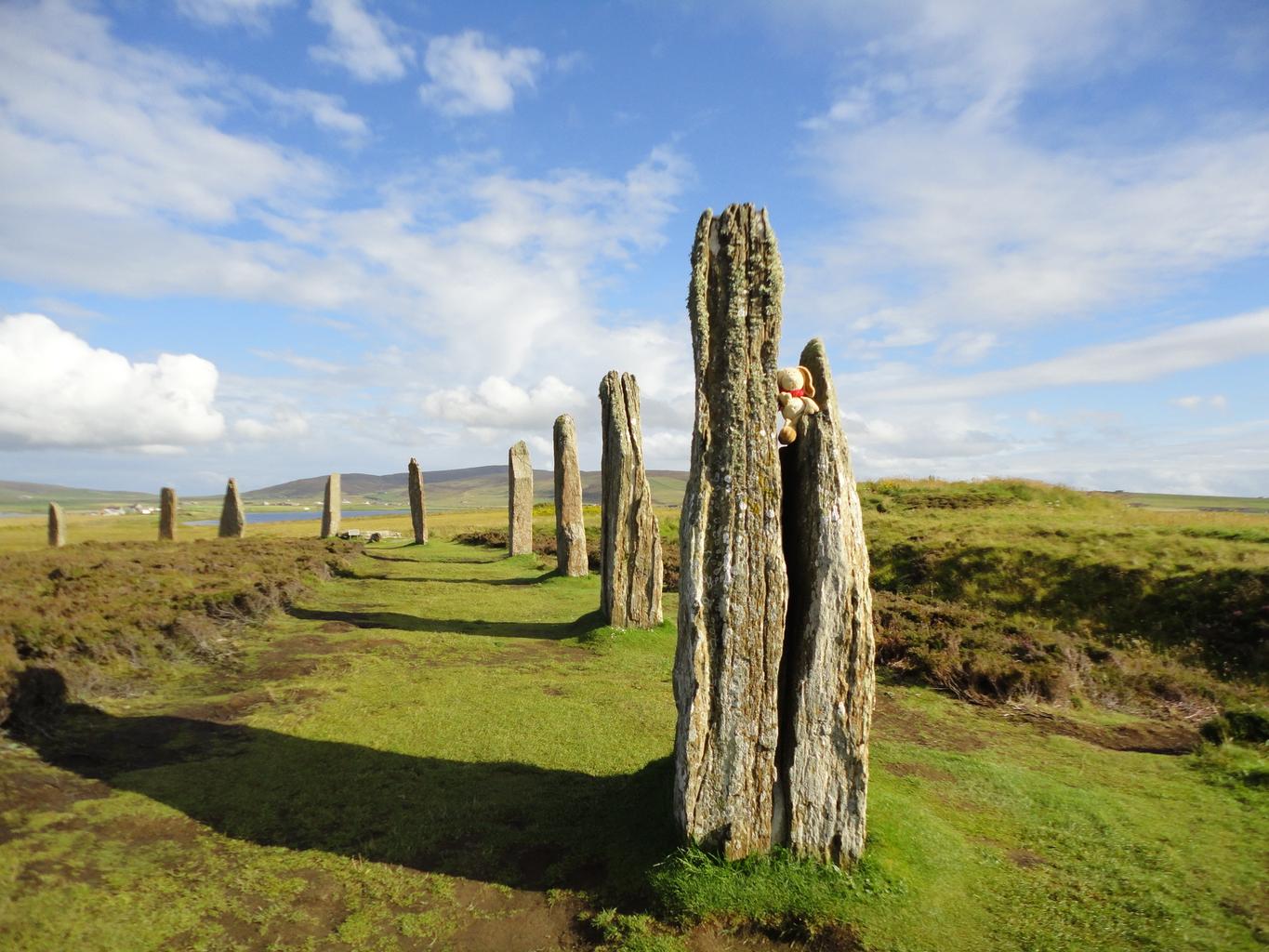
In total, Orkney consists of seventy islands, though many are small and uninhabited. A large central island – commonly referred to as “the Mainland”, with nearby Scotland being called simply “Scotland” – supports two towns, Stromness to the west and the capital city of Kirkwall more central, plus numerous smaller settlements amounting to about three-quarters of the islands’ population.
As one might expect where people need to travel short distances between islands, Orkney is home to a number of airports and airfields. The largest is Kirkwall (EGPA), which is the main air travel hub for the islands, and the airport visitors are most likely to arrive at.
Military Importance
Prior to 1932, what air activity the islands saw was military: Orkney has a large south-facing bay called Scapa Flow, which has long seen use as a large natural harbour, sheltered from the fierce winds that frequently blow over the islands. Because Scapa Flow is also part-ringed by islands it is difficult for ships to approach without detection, and so represented a vital anchorage for the UK in both world wars. Scapa Flow was of enormous strategic value, and at one point, the number of military personnel stationed in Orkney was double that of today’s resident population of around 22,000 people. Scottish author Hamish Blair no doubt expressed the feelings of some of these servicemen with his rather bluntly worded song, “Bloody Orkney“.)
The rusting hulks of a number of warships can be seen lying in the shallow waters around Scapa Flow, and several of the surrounding islands are linked by the “Churchill Barriers”. These are walls of large concrete blocks built between several islands to keep enemy ships out of the harbour. Causeway roads have now been built atop the barriers, making it possible to drive from one island to the next.
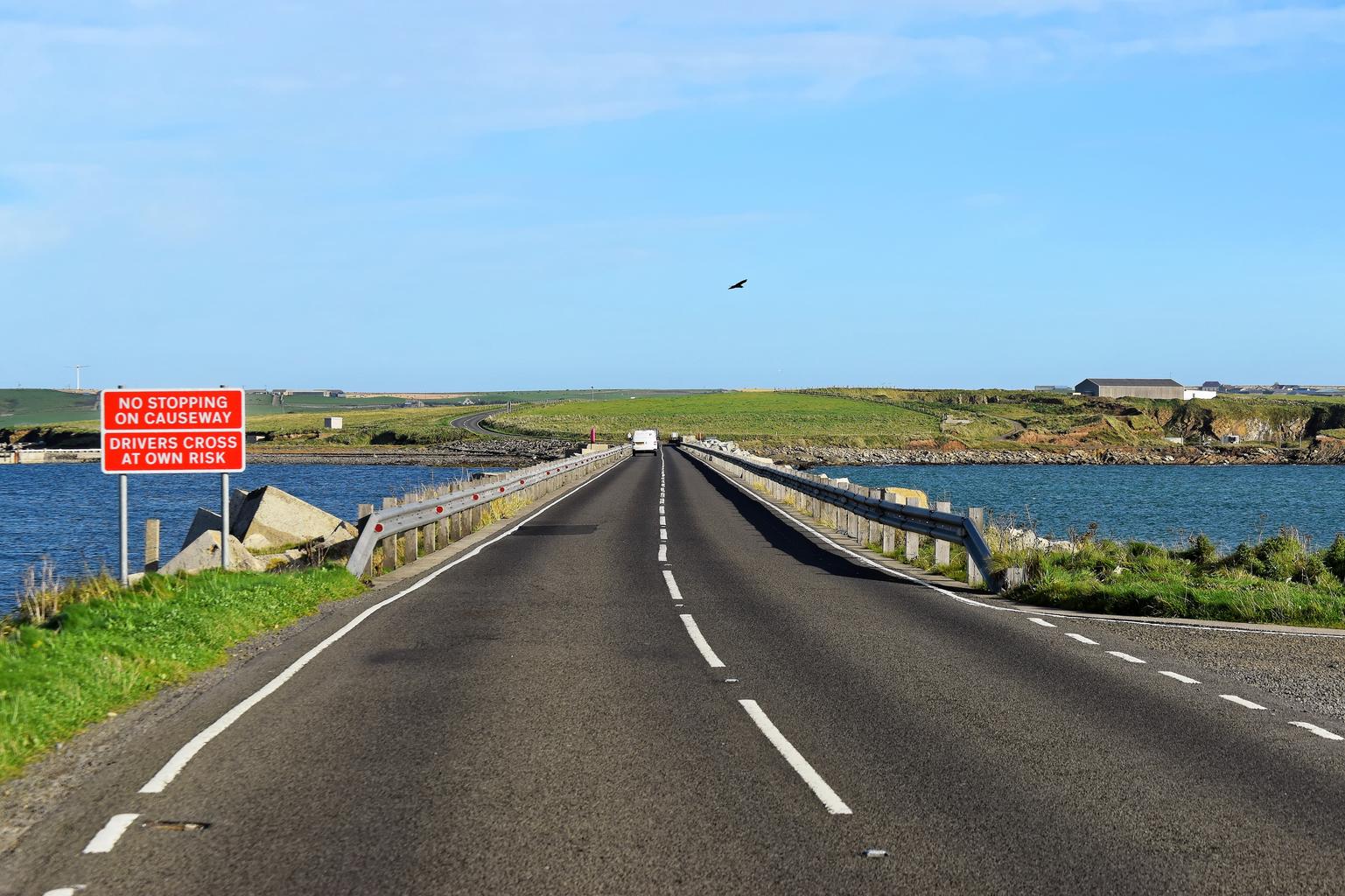
But while the islands and the barriers – along with a number of heavy gun emplacements around the shorelines – handled any ships that might stray too close, it was up to the UK’s Royal Flying Corps, and later the Royal Air Force, to deal with threats from above. Several airfields were built on several of the islands that were large enough. Chief among these was RAF Grimsetter, an airbase constructed during the Second World War.
Grimsetter was operated at different times by both the Royal Air Force and the Royal Navy, before being transferred into civilian operation in 1948 and becoming, in time, today’s Kirkwall Airport. A reminder of this history is the word “Grimsitir”, spelled out in the runes of the Younger Futhark alphabet, standing above the entrance to the airport’s terminal building.
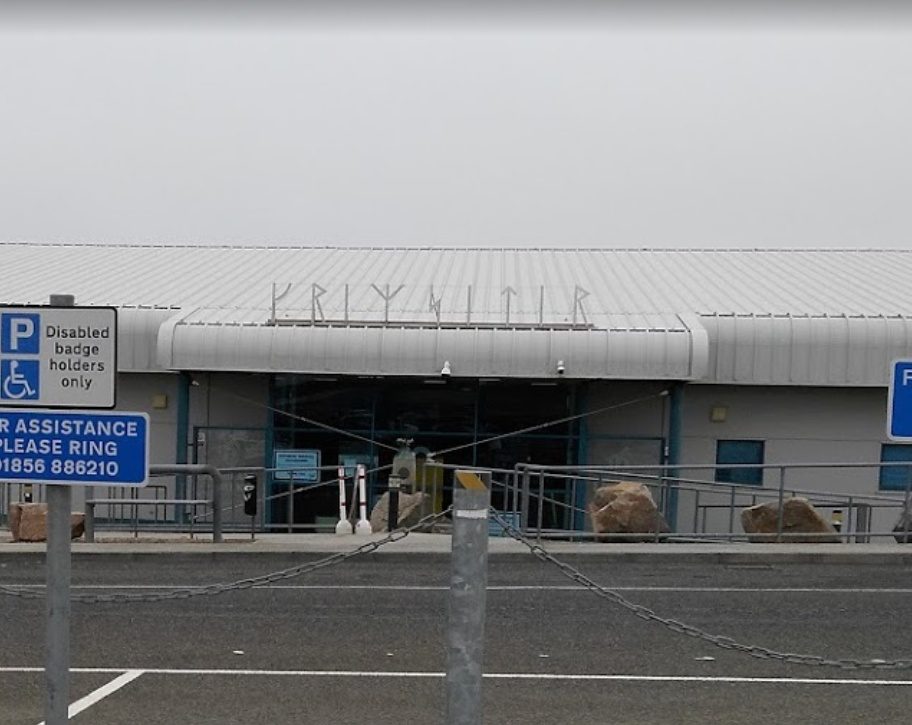
The Importance of Ernest¹
Regular civil aviation arrived in Orkney in 1932, with one Captain Ernest Edmund (“E. E.” or “Ted”) Fresson. Fresson, formerly a pilot in the World War I Royal Flying Corps, was operating pleasure flights around the UK, including around the north of Scotland. He saw potential in bringing scheduled flights out to the islands and established a small airline, Highland Airways, to serve these areas. He was instrumental in the construction of several airstrips around Orkney. A year later he was granted the right to carry domestic mail on behalf of the Royal Mail, establishing himself as a key figure in the islands’ history.
Today, the local civil authority operates six Orkney airports besides Kirkwall. These are the islands of Eday, Sanday and Stronsay, the northernmost island of North Ronaldsay, and the twin facilities of Westray and Papa Westray. These last two are famed as the two endpoints of the shortest scheduled flight in the world: from departure to arrival the flight lasts just ninety seconds. (Indeed, this route recently featured as a flight challenge in the UK update to Microsoft’s Flight Simulator.)
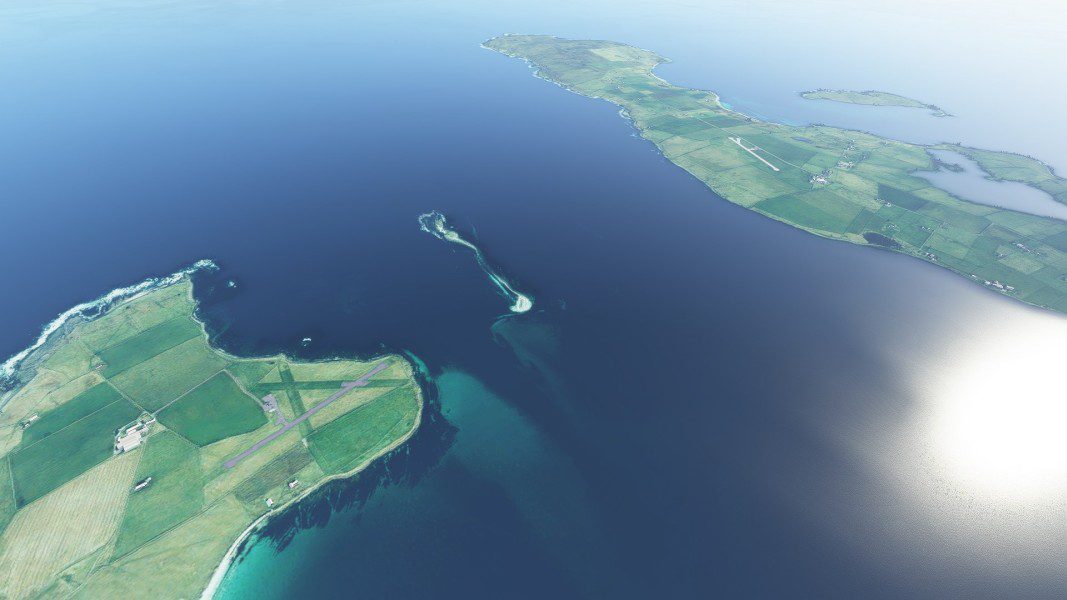
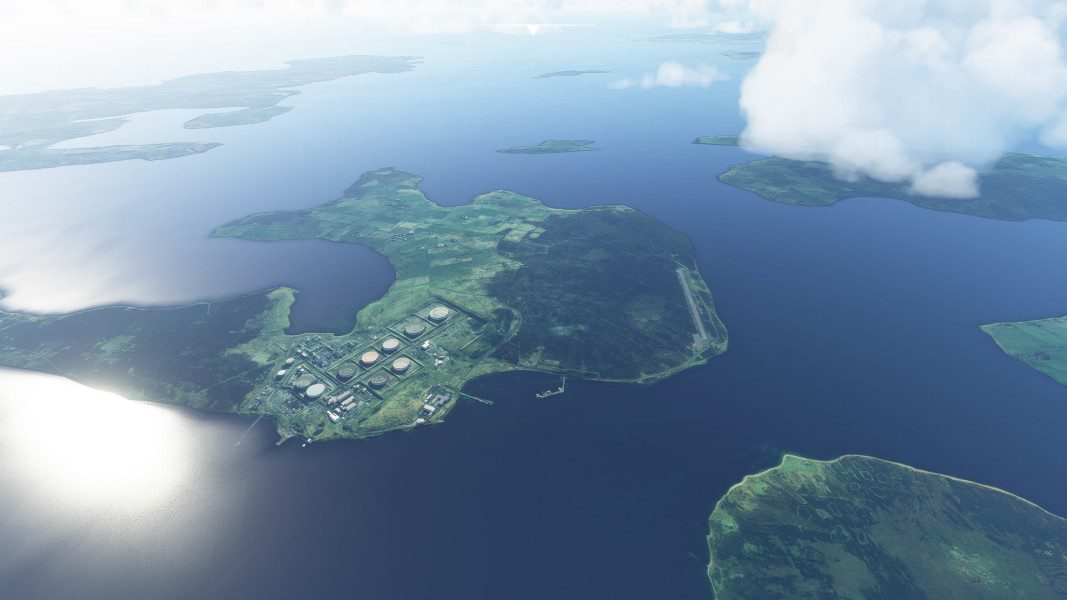

Green Ambitions
Loganair is now the primary aviation service provider, and continues to run scheduled flights around the islands. It’s also a participant in a clean-energy initiative called Project Fresson, covered previously by Mentour back in April, and named, of course, for the pioneer who made such a mark on the aviation history of Orkney.
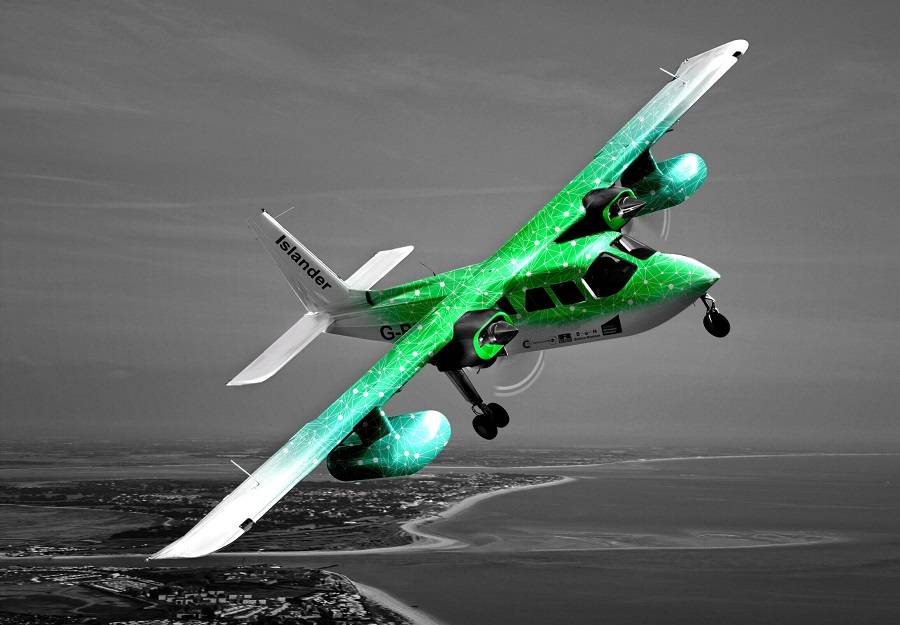
It’s clear that that history is strong: aviation has been a key part of life in the islands for many years. And with the closely grouped islands making a convenient testing ground for projects like Fresson, it’s more than possible that Orkney will leave its mark on aviation’s future, too.
Some of Orkney’s Airfields:
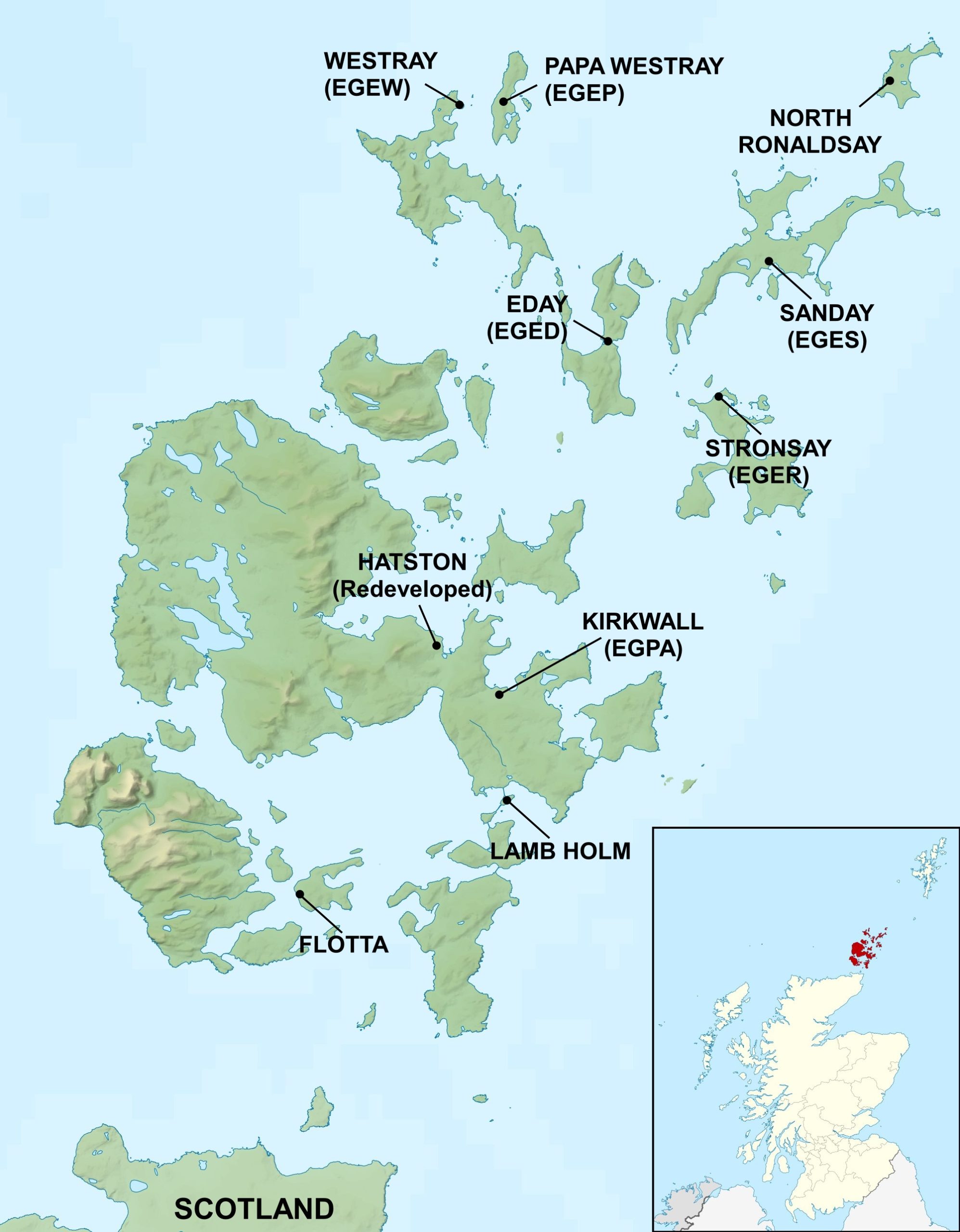
¹ Sorry³.
² It’s convention for the UK’s Royal Navy to name land bases in the same way they do ships, with the prefix “HMS”
³ I’m not at all sorry.



